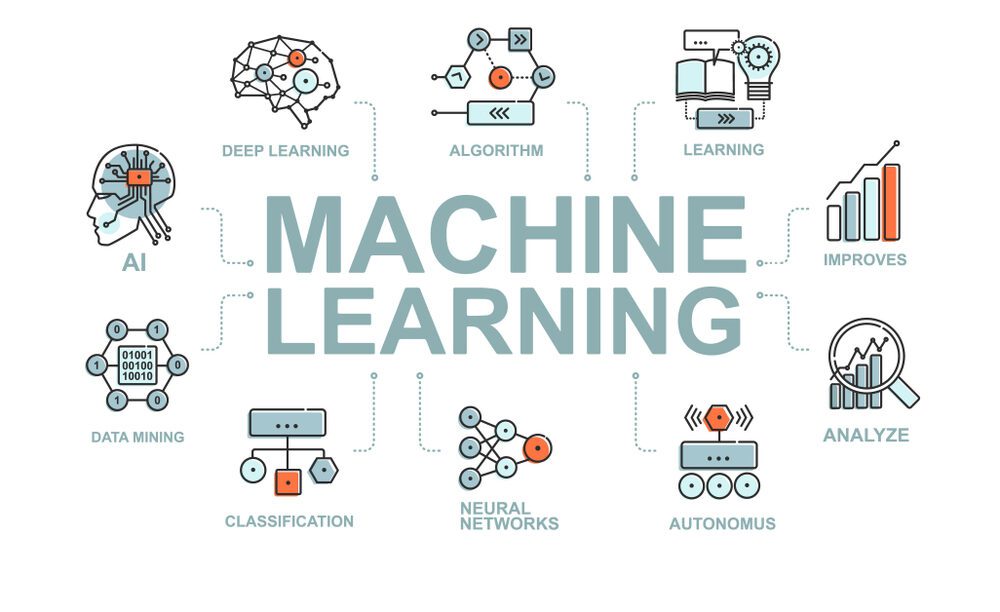Stepwise regression is a widely used method for variable selection in statistical modeling and data science. It is particularly popular due to its simplicity and the automated process it offers for selecting significant variables from a larger set. However, despite its popularity, stepwise regression has several major issues that can lead to misleading results and poor model performance.
Stepwise regression involves adding or removing predictors based on their statistical significance in a regression model. The process can be either forward selection, where variables are added one by one, or backward elimination, where all variables are included initially and then removed one by one. There is also a combination of both methods known as bidirectional elimination.
Issues with Stepwise Regression
One of the primary issues with stepwise regression is that it often leads to overfitting. Overfitting occurs when the model becomes too complex and starts to capture the noise in the data rather than the underlying pattern. This results in a model that performs well on the training data but poorly on new, unseen data.
Another significant problem is multicollinearity. Stepwise regression does not handle multicollinearity well, which is the presence of high correlations among predictor variables. This can lead to unstable estimates of regression coefficients and make the model difficult to interpret.
Moreover, stepwise regression can result in biased estimates of the regression coefficients. The selection process is based on statistical significance, which can be influenced by random fluctuations in the data. As a result, the selected model may not be the best representation of the underlying relationship between the variables.
Alternatives to Stepwise Regression
Given the issues associated with stepwise regression, data scientists and researchers often turn to alternative methods for variable selection. Some of the popular alternatives include:
- Lasso Regression: Lasso (Least Absolute Shrinkage and Selection Operator) regression adds a penalty to the regression model that shrinks the coefficients of less important variables to zero, effectively performing variable selection. This method helps in handling multicollinearity and reducing overfitting.
- Ridge Regression: Ridge regression is similar to lasso regression but uses a different penalty that shrinks the coefficients without setting them to zero. It is particularly useful when dealing with multicollinearity.
- Elastic Net: Elastic net combines the penalties of lasso and ridge regression, providing a balance between variable selection and coefficient shrinkage. It is a robust method for handling multicollinearity and overfitting.
- Random Forests: Random forests are an ensemble learning method that help with variable selection. They provide importance scores for each variable, which can be used to select the most important predictors.
- Principal Component Analysis (PCA): PCA is a dimensionality reduction technique that transforms the original variables into a smaller set of uncorrelated components. These components can then be used as predictors in a regression model.
Conclusion
While stepwise regression is a popular method for variable selection, it has several significant drawbacks that can lead to poor model performance and misleading results. Data scientists and researchers should consider alternative methods such as lasso regression, ridge regression, elastic net, random forests, and PCA to achieve more reliable and interpretable models.
For more insights on data science and machine learning techniques, check out our articles on Data Scientist vs Data Analyst: Understanding the Key Differences and Understanding Direct Preference Optimization in AI: Revolutionizing Human-Centric Machine Learning.
Ready to Transform Your Hotel Experience? Schedule a free demo today
Explore Textify’s AI membership
Explore latest trends with NewsGenie
